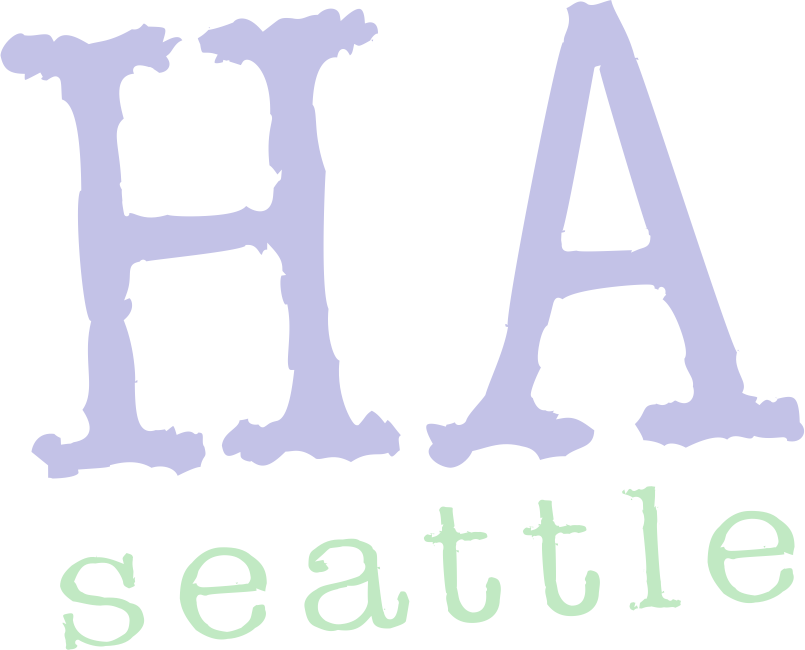Over at Slog, my foster son Will also takes issue with Andrew Garber’s front page I-1033 piece in the Seattle Times today, picking out this particular passage for ridicule (the emphasis is Will’s):
Tim Eyman was asked recently if he could imagine a time when he wouldn’t feel the need to file another anti-tax initiative.
Eyman, in essence, said no. “It’s a tug of war where the other side is always going to be pulling the rope in favor of higher taxes,” he said. “There needs to be a counterweight to that.”
And so Eyman, who makes his living filing initiatives, has put before voters another measure he argues will stifle any urge by lawmakers to increase taxes at least during the next couple of years, and help rein in government spending.
Will encourages journalists to “connect the dots…”
Memo to news media: Tim Eyman gets paid to file initiatives. That’s what he does. It’s his job!
Memo to Will: it’s not their job to connect the dots. Or at least most reporters appear not to think it is.
And that’s what so often bugs me about traditional journalism.

